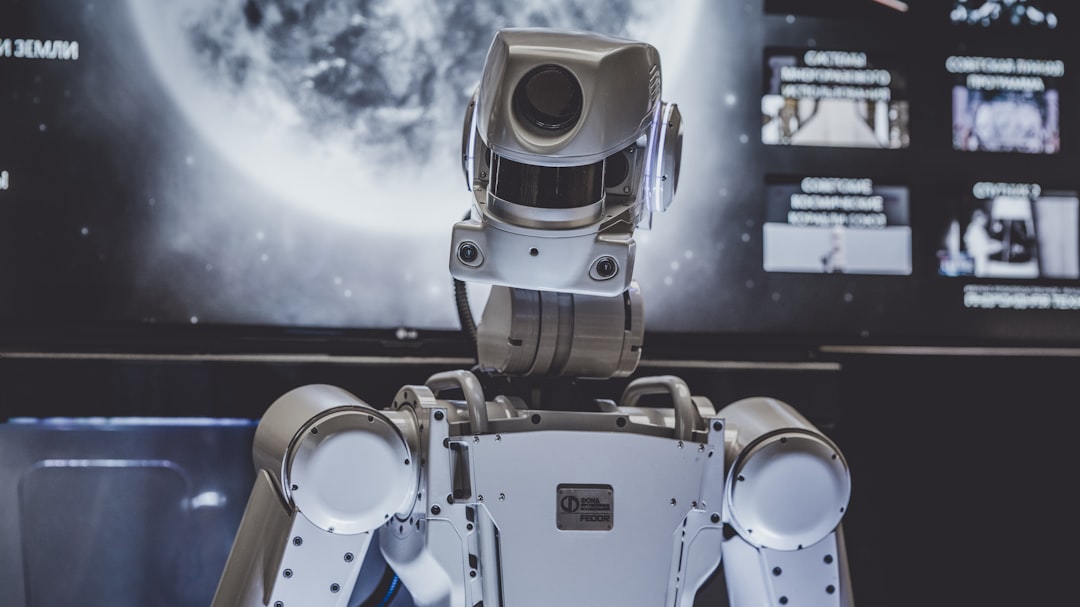In today's rapidly advancing technological landscape, cognitive computing stands at the forefront of innovation, promising to reshape the way humans interact with machines. Unlike traditional computing methods that rely on explicit programming, cognitive computing leverages artificial intelligence and machine learning techniques to simulate human thought processes and enhance decision-making capabilities. As we delve into the world of cognitive computing, we uncover a realm of possibilities for human-machine collaboration that will revolutionize various industries and transform our daily lives.
Understanding Cognitive Computing
Cognitive computing refers to technology platforms that mimic human intelligence and cognitive abilities. These systems incorporate elements from diverse scientific disciplines such as artificial intelligence, machine learning, natural language processing, and data analytics. By utilizing these technologies, cognitive computing aims to process vast amounts of data, learn from patterns and experiences, and make informed decisions autonomously.
One of the key differentiators of cognitive computing from traditional computing methods is its ability to analyze unstructured data, such as text, images, and speech. Traditional computers struggle to derive meaning from unstructured data, but cognitive computing systems excel in understanding context and extracting insights from these sources.
The Pillars of Cognitive Computing
Machine Learning forms the cornerstone of cognitive computing. With machine learning algorithms, cognitive systems can learn from data and improve their performance over time without explicit programming. This enables cognitive systems to adapt to changing circumstances, identify patterns, and make accurate predictions.
Cognitive Data Analytics is another vital aspect of this technology. By analyzing vast amounts of structured and unstructured data, cognitive systems can extract valuable insights, detect trends, and identify anomalies. These capabilities empower businesses to make data-driven decisions and unlock hidden opportunities.
Natural Language Processing (NLP) enables computers to understand and interpret human language, both written and spoken. Through NLP, cognitive computing systems can comprehend context, extract meaning, and engage in meaningful conversations with humans. This breakthrough technology enables natural and intuitive human-machine interactions.
Real-World Examples
Cognitive computing technologies have already found their way into numerous industries and are transforming the way humans collaborate with machines. Let's explore a few remarkable examples:
Healthcare: In the field of radiology, cognitive computing systems can analyze medical images to assist doctors in diagnosing diseases more accurately and quickly. By leveraging machine learning algorithms, these systems learn from vast datasets to identify patterns and abnormalities that may be missed by human eyes alone.
Finance: Cognitive computing is revolutionizing the financial sector by enabling intelligent chatbots and virtual assistants. These systems can understand customer inquiries, provide personalized recommendations, and even execute financial transactions. The collaboration between humans and cognitive systems enhances customer service, improves efficiency, and reduces the risk of errors.
Manufacturing: Cognitive computing technologies are being employed to optimize production processes in manufacturing industries. By analyzing sensor data and machine performance, cognitive systems can predict equipment failures, recommend maintenance schedules, and facilitate real-time decision-making for improved productivity and reduced downtime.
Education: In the realm of education, cognitive computing technologies are utilized to personalize learning experiences. Adaptive learning platforms use machine learning algorithms to assess students' strengths and weaknesses, tailor educational content, and provide individualized feedback. This approach enhances student engagement, improves learning outcomes, and enables educators to focus on addressing students' specific needs.
The Future of Human-Machine Collaboration
As cognitive computing technologies continue to advance, their potential to reshape human-machine interactions is boundless. Humans and machines collaborating seamlessly will result in increased accuracy, enhanced efficiency, and improved productivity across various domains.
In healthcare, cognitive systems will support medical professionals in diagnosing diseases more accurately, leading to better patient outcomes. In transportation, autonomous vehicles equipped with cognitive capabilities will enhance safety and efficiency on the roads. In customer service, intelligent chatbots will provide personalized and instant support, improving customer satisfaction.
The impact of cognitive computing will extend beyond specific industries. We can expect to witness a profound transformation in our daily lives. From smart homes that understand and anticipate our needs to virtual assistants capable of managing our schedules and tasks seamlessly, cognitive computing will become an integral part of our personal and professional lives.
In conclusion, cognitive computing technologies are poised to shape the future of human-machine collaboration. By leveraging artificial intelligence, machine learning, and natural language processing, cognitive systems will enable us to tackle complex challenges, make informed decisions, and unlock new frontiers of innovation. Embracing this technology will not only enhance our capabilities but also foster a more efficient, productive, and interconnected world.
Sources:
